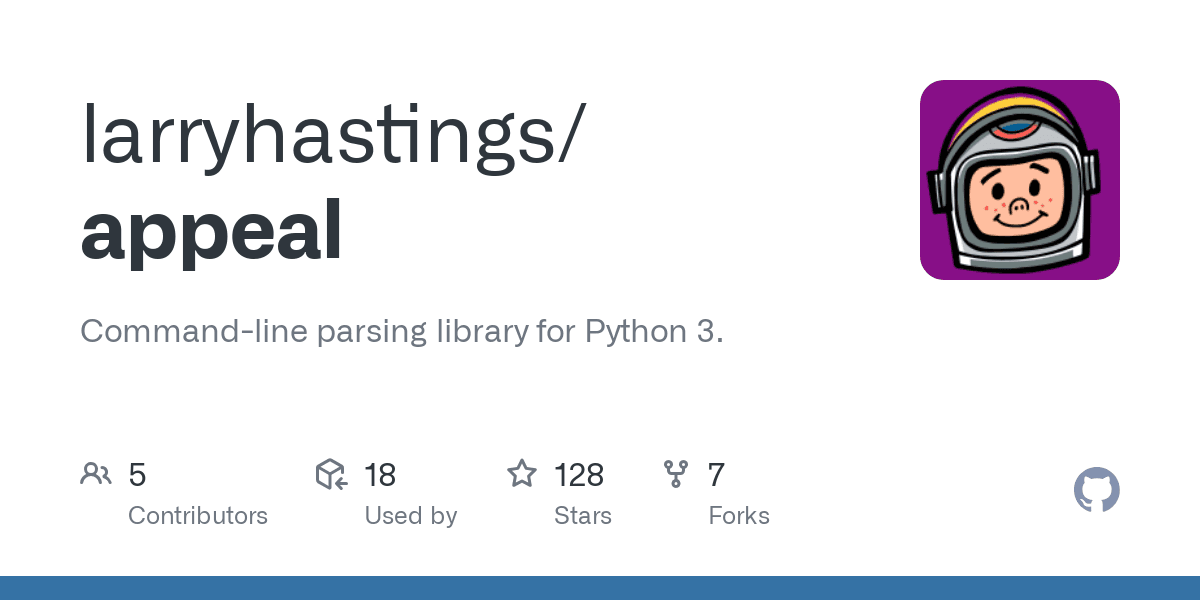Ok, I know it's kind of basic stuff right here, but this was one of the first bugs I event created and I felt I have to share it.
In Python, there are several ways to check whether a variable is a specific type. In my example i'll use the dictionary object.
While these ways may seem interchangeable, they actually have some important differences that can affect your code's performance and maintainability. Let's take a closer look at each of these methods.
Using isinstance()
The isinstance() function is a built-in Python function that takes two arguments: an object and a class (or tuple of classes). It returns True if the object is an instance of the specified class, and False otherwise.
For example, to check whether a variable my_dict is a dictionary, you can use the following code:
my_dict = {}
if isinstance(my_dict, dict):
# do something with my_dict
One key difference between isinstance() and other methods is their behavior with subclassing. isinstance() returns True not only for instances of the specified class, but also for instances of any subclass of that class.
For example, consider the following code:
class MyDict(dict):
pass
my_dict = MyDict()
print(isinstance(my_dict, dict)) # True
print(type(my_dict) is dict) # False
Here, my_dict is an instance of a subclass of dict called MyDict. isinstance() returns True because MyDict is a subclass of dict, whereas type() returns False because MyDict is not the same as dict.
Using type()
The type() function is also a built-in Python function that takes one argument: an object.
It returns the type of the object as a Python class.
For example, to check whether a variable my_dict is a dictionary, you can use the following code:
my_dict = {}
if type(my_dict) is dict:
# do something with my_dict
Another important difference between these methods is their performance. In general, isinstance() is slower than type() because it has to check the object's class hierarchy to determine whether it is an instance of the specified class or subclass.
Therefore, if you know that an object is a dictionary and you just need to check its type, using type() may be faster.
Using is dict
In Python, is dict is a keyword that checks whether an object is a dictionary object. It works similarly to the type() function, but it is more efficient because it does not have to look up the object's class hierarchy. If an object is a dictionary, is dict will return True, otherwise, it will return False.
For example, consider the following code:
my_dict = {}
print(my_dict is dict) # True
But there comes the old nostalgic bug I had and talked about before:
my_dict = {'key1': 'value1', 'key2': 'value2'}
print(my_dict is dict) # False
In this code, my_dict is an instance of the dict class, so my_dict is dict returns False.
When we use the is operator to compare my_dict with dict, Python checks if my_dict and dict refer to the same object in memory. However, my_dict and dict are not the same object in memory, even though they have the same type.
In other words, dict is a built-in Python class, while my_dict is an instance of that class. The is operator checks for identity, which means it checks whether two objects are the same object in memory. In this case, my_dict and dict are not the same object, so the expression my_dict is dict returns False.
Conclusion
There are several ways to check whether a variable is a dictionary object in Python, including isinstance(), type(), and is dict. Each of these methods has some important differences that can affect your code's behavior and performance.
If you want to check whether an object is an instance of a certain class or any of its subclasses, you should use isinstance(). However, keep in mind that isinstance() may be slower than type() because it has to check the object's class hierarchy.
If you want to check whether an object is exactly of a certain type, use type(). This method is generally faster than isinstance() because it doesn't have to look up the object's class hierarchy.
If you just need to check whether an object is a dictionary, you can use is dict. This keyword is more efficient than using type() and can quickly determine the type of an object in your code. However, keep in mind that is dict checks specifically for dictionary objects, and not for subclasses of dict.
In summary, the best method to use depends on your specific use case. Choose the method that best fits your needs and keep in mind the differences between them. Don't create stupid bugs like I did :)




